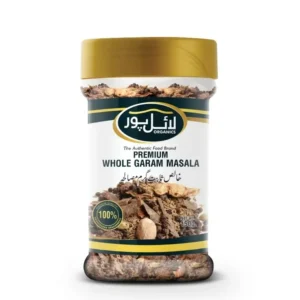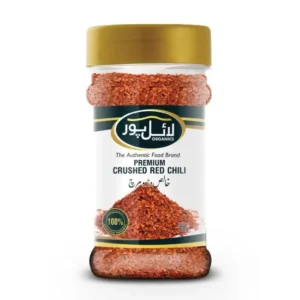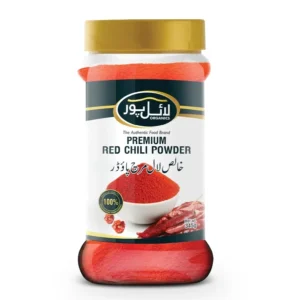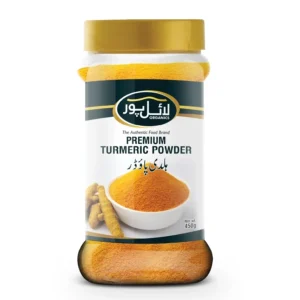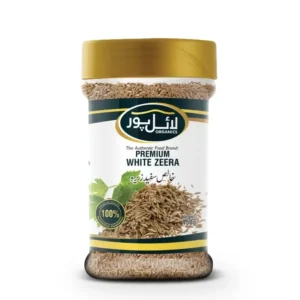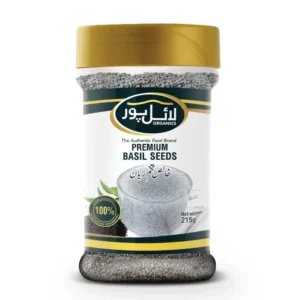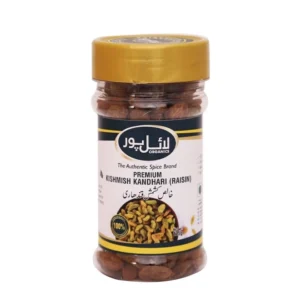Lyallpur Organics Premium Whole Garam Masala (Khalis Sabit Garam Masala) – 100% Natural Organic & Pure | Perfect Blend of Whole Spices for Authentic Flavor | Ideal for Pakistani & Indian Cuisine
History and Origin of Garam Masala
Over time, various regions in India developed unique garam masala blends, reflecting the local climate, available spices, and culinary preferences. The spice trade was crucial in spreading garam masala’s popularity beyond India’s borders. European traders were fascinated by the exotic flavors. They brought these spices back to Europe, leading to global recognition of garam masala.
Its history reflects the rich cultural exchange and culinary innovation that has shaped South Asian cuisine over centuries.
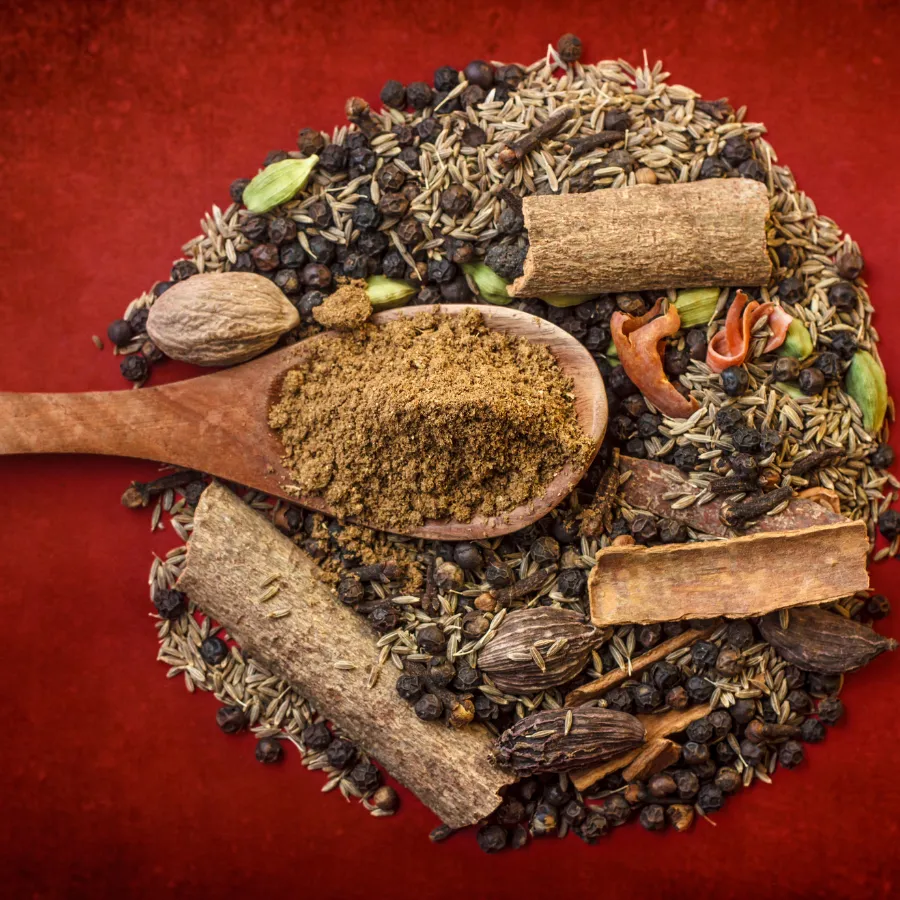
Top Selling Garam Masala Products of Lyallpur Organics
Benefits of Garam Masala
Rich in Antioxidants: Many of the spices in garam masala, such as cloves and cinnamon, are rich in antioxidants. These compounds help fight free radicals in the body, which can reduce the risk of chronic diseases.
Vitamins and Minerals: It contains small amounts of essential vitamins and minerals like vitamin A, vitamin C, calcium, and iron.
Aids Digestion: Spices like cumin and coriander are known for their digestive properties. They help to boost the digestive system, reduce bloating, and promote better absorption of nutrients.

Boosts Metabolism: The warming spices in garam masala, such as black pepper and cinnamon, help to increase metabolic rate and aid in weight management.
Anti-inflammatory Properties: Many spices in it, including turmeric and ginger (if included), have anti-inflammatory properties. This can help reduce inflammation and alleviate arthritis symptoms and other inflammatory conditions.
Improves Heart Health: The spices in it, like cardamom and cloves, help to improve heart health by reducing blood pressure, lowering cholesterol levels, and improving circulation.
Enhances Immune System: The antioxidant and anti-inflammatory properties of the spices boost the immune system and help the body fight off infections and illnesses.
Nutritional Composition of Garam Masala per 100g
Macronutrients
- Calories: 380 kcal
- Protein: 12.0 g
- Fat: 16.0 g
- Saturated Fat: 1.0 g
- Carbohydrates: 50.0 g
Vitamins and Minerals
- Vitamin A: 25% of the Daily Value (DV)
- Vitamin C: 20% of the DV
- Calcium: 40% of the DV
- Iron: 100% of the DV
- Magnesium: 50% of the DV
- Vitamin A (from beta-carotene)
- Vitamin C (from coriander)
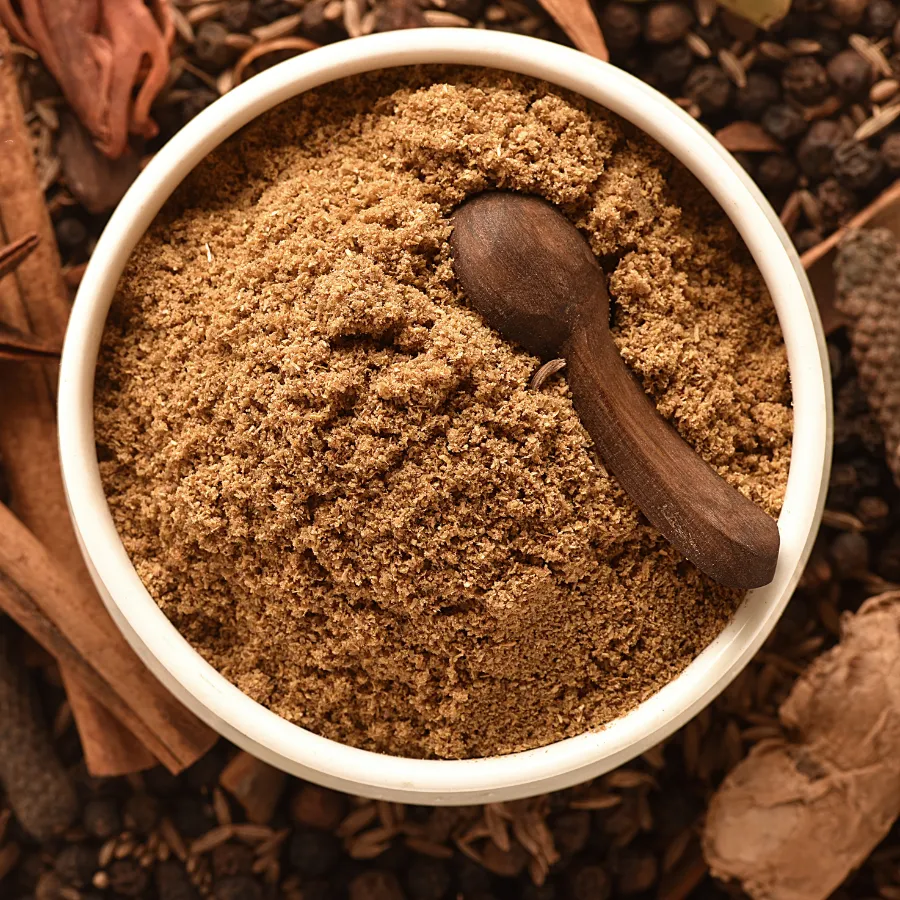
Different Types of Garam Masala
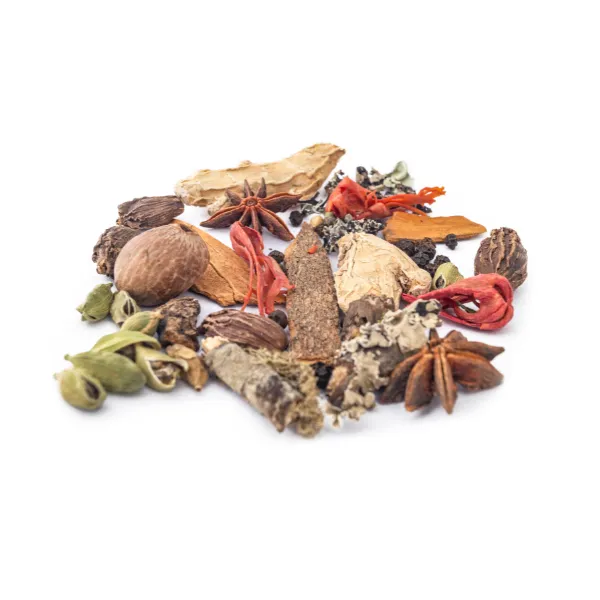
North Indian
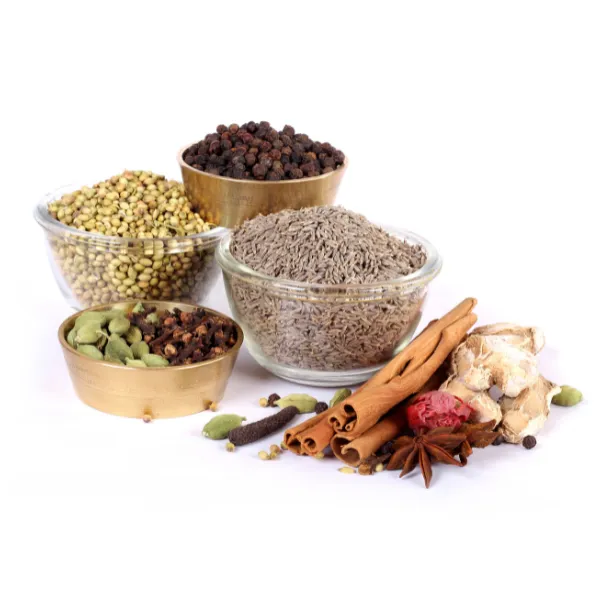
South Indian
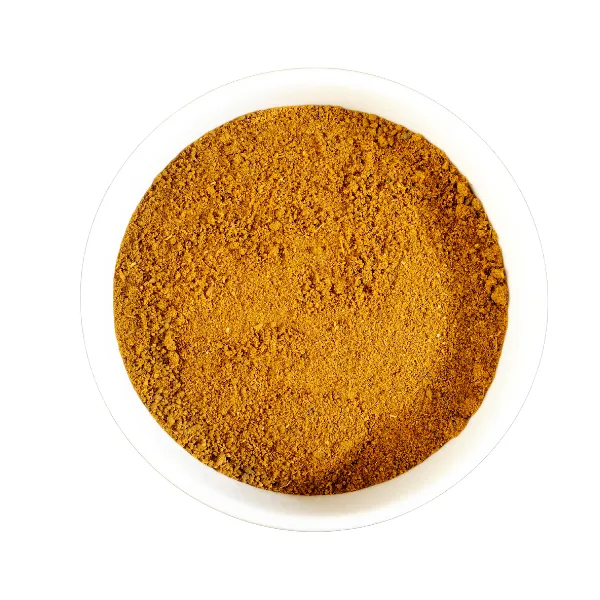
Punjabi

Kashmiri
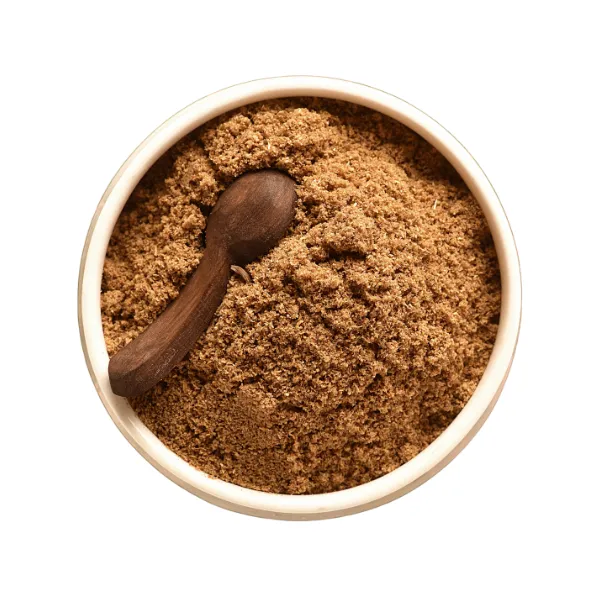
Bengali
A more straightforward blend usually contains just cardamom, cinnamon, and cloves. It’s used in Bengali dishes like biryani and fish curries.
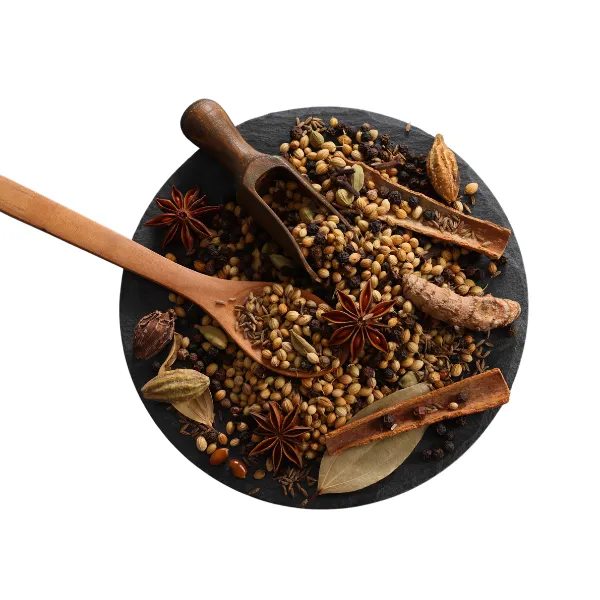
Tandoori Masala
This blend is for tandoori cooking and contains ingredients like garlic, ginger, paprika, and cayenne pepper, along with the typical garam masala spices.
Different Forms and Uses of Pink Salt
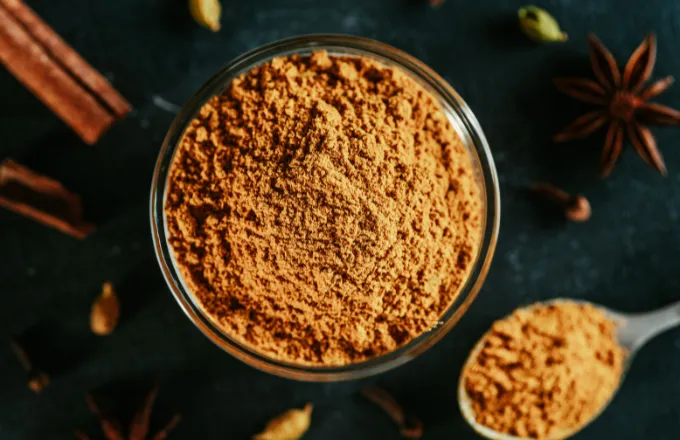
Blends

Flavoured Oils
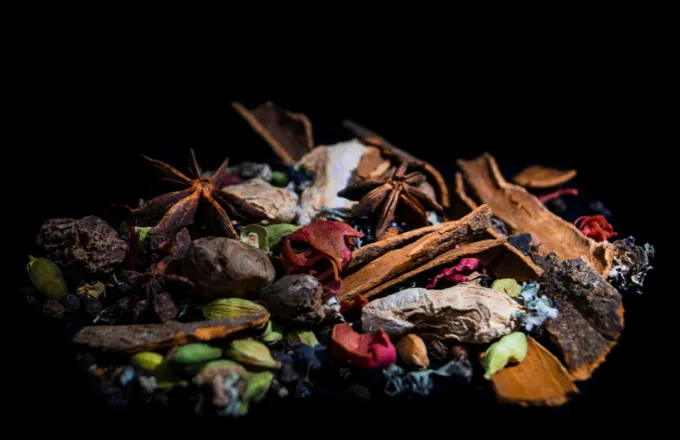
Ready-to-Use Packets
Garam Masala in Cooking
It is well famous in Indian cuisine, Pakistani cuisine, and Middle Eastern cuisine. It elevates the flavor of meat, vegetable, and lentil curries in Indian curries, Pakistani karahi, and Moroccan tagines. It’s a perfect marinade for meats and tofu. Dishes like Indian pilafs, Pakistani biryanis, and jeweled rice from the Middle East come alive with the rich flavor of garam masala.
Subcontinental and Pakistani Recipes
- Biryani: A fragrant rice dish with meat or vegetables, layered with spices.
- Chicken Karahi: A popular Pakistani dish with chicken cooked in a spicy tomato-based sauce.
- Dal Makhani: Creamy lentils cooked with butter, cream, and spices, a staple in North Indian and Pakistani cuisine.
- Aloo Gosht: A hearty curry made with potatoes and meat, flavored with garam masala and other spices.
- Chapli Kebabs: Spiced minced meat patties, commonly served with naan and chutney.
- Rogan Josh: A flavorful lamb curry with a sauce.
- Nihari: A slow-cooked beef stew, often enjoyed as a breakfast dish in Pakistan.

Other Top Products By Lyallpur Organics
Buying and Storing Garam Masala
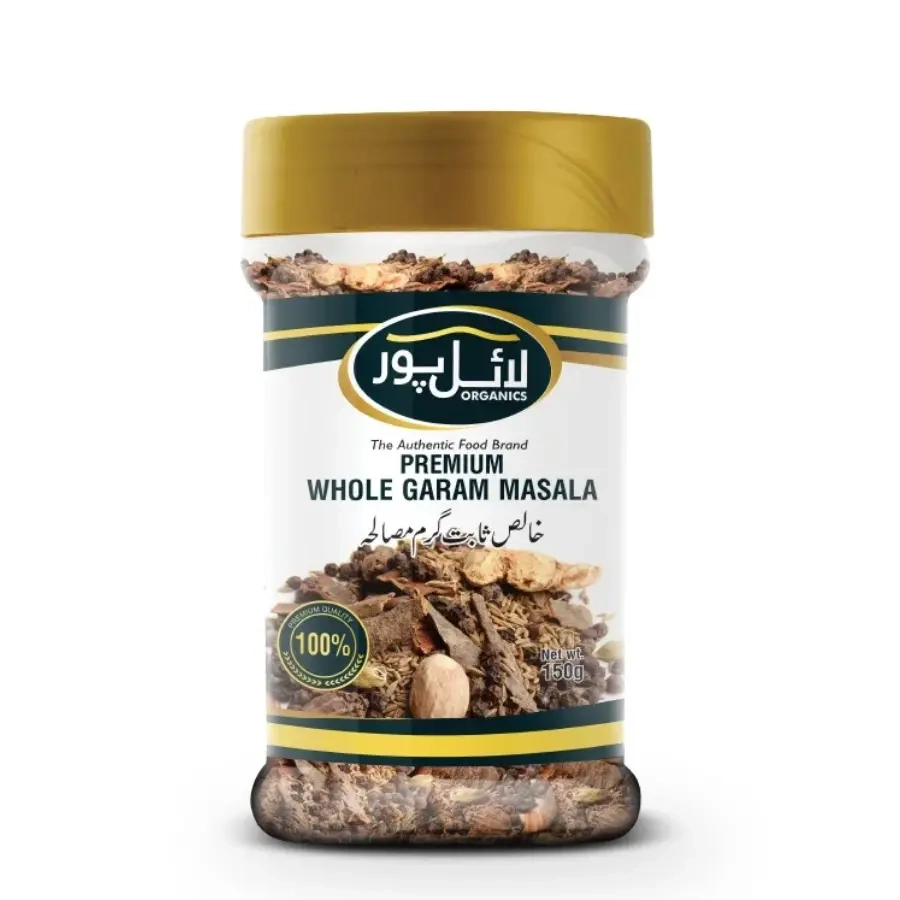
Freshness: Choose brands that use freshly ground spices for maximum flavor.
Packaging: Look for airtight packaging to maintain the spice blend’s freshness and aroma.
Reputable Brands: Buy from well-known brands or specialty stores that guarantee quality and authenticity.
Proper storage of garam masala is essential to preserve its flavor and potency. Here are some tips:
Airtight Container: Store garam masala in an airtight container to keep out moisture and air.
Cool, Dark Place: Keep the container in a cool, dark place, away from direct sunlight, heat, and humidity.
Use Dry Spoons: Always use a dry spoon to scoop out garam masala to prevent moisture from entering the container.
Small Batches: Buy or make garam masala in small batches to ensure it remains fresh.
Preparation of Garam Masala
Ingredients
- 2 tablespoons cumin seeds
- 2 tablespoons coriander seeds
- 2 tablespoons cardamom pods
- 1 tablespoon black peppercorns
- 1 tablespoon cloves
- 1 tablespoon cinnamon sticks (broken into pieces)
- 1 teaspoon nutmeg (grated)
- 1-2 bay leaves (optional)
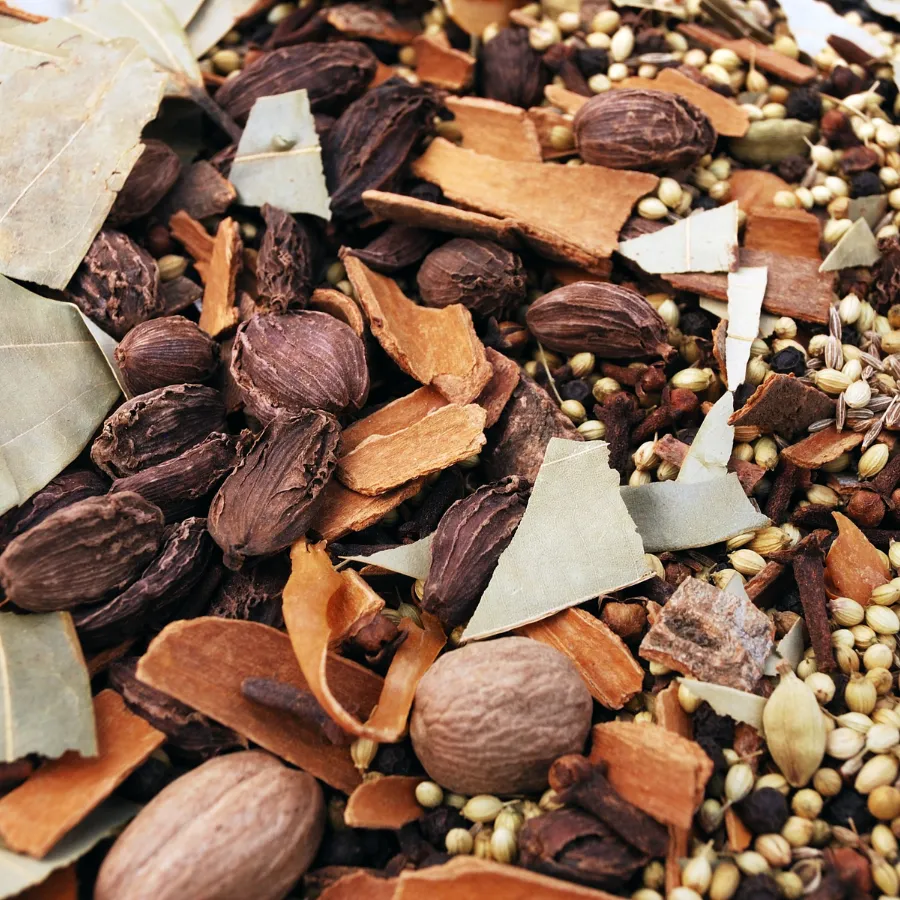
Instructions and Tips
Toast cumin, coriander, cardamom, black peppercorns, cloves, and cinnamon sticks in a dry skillet over medium heat for 2-3 minutes until fragrant. Let them cool completely. Grind the cooled spices with nutmeg and bay leaves (if using) to a fine powder. Store in an airtight container in a cool, dark place.
Adjust spice ratios to your taste, such as more black pepper for heat or cinnamon for sweetness. Experiment with additional spices like star anise or fennel seeds. Use whole spices and grind them fresh for the best flavor.

